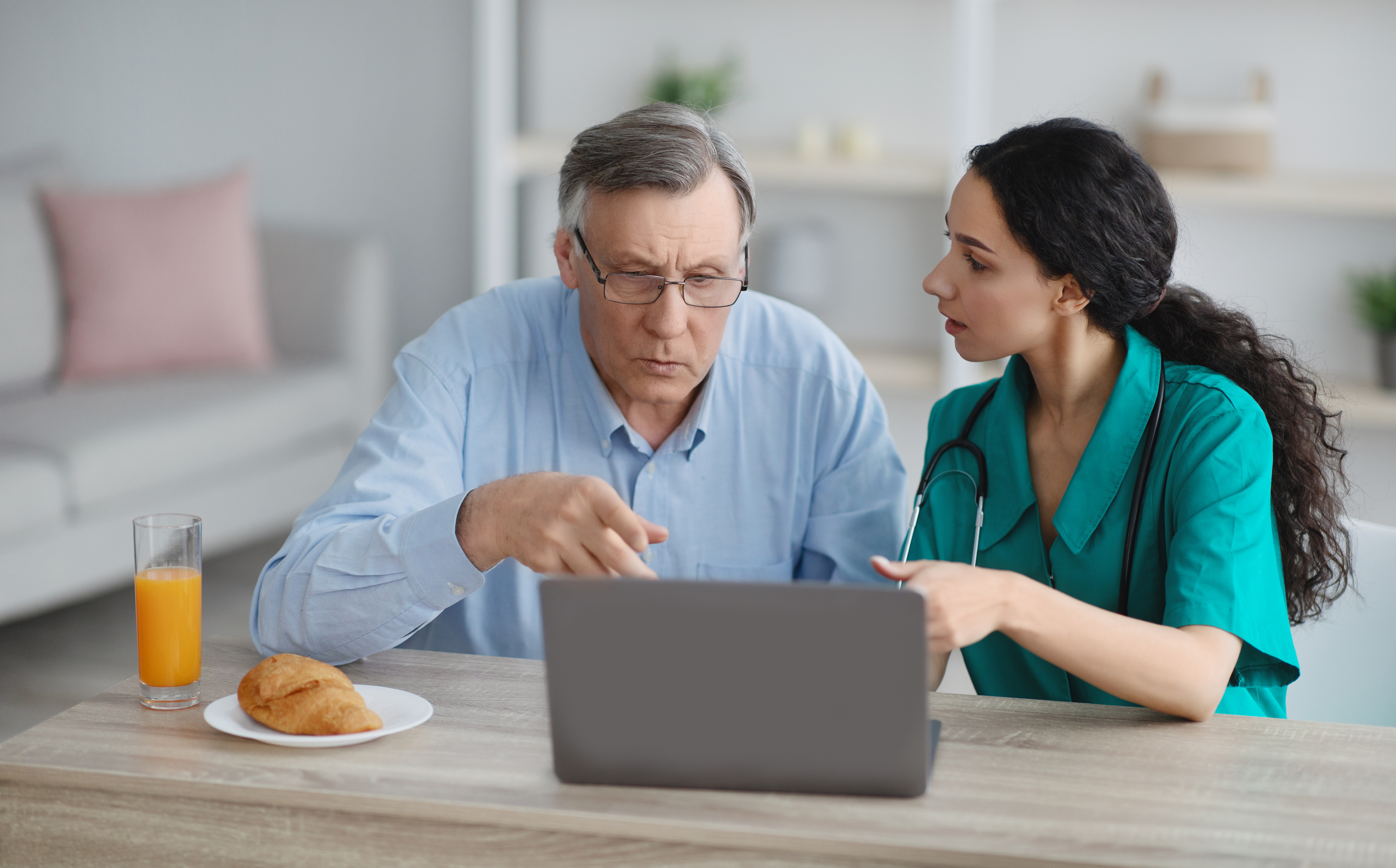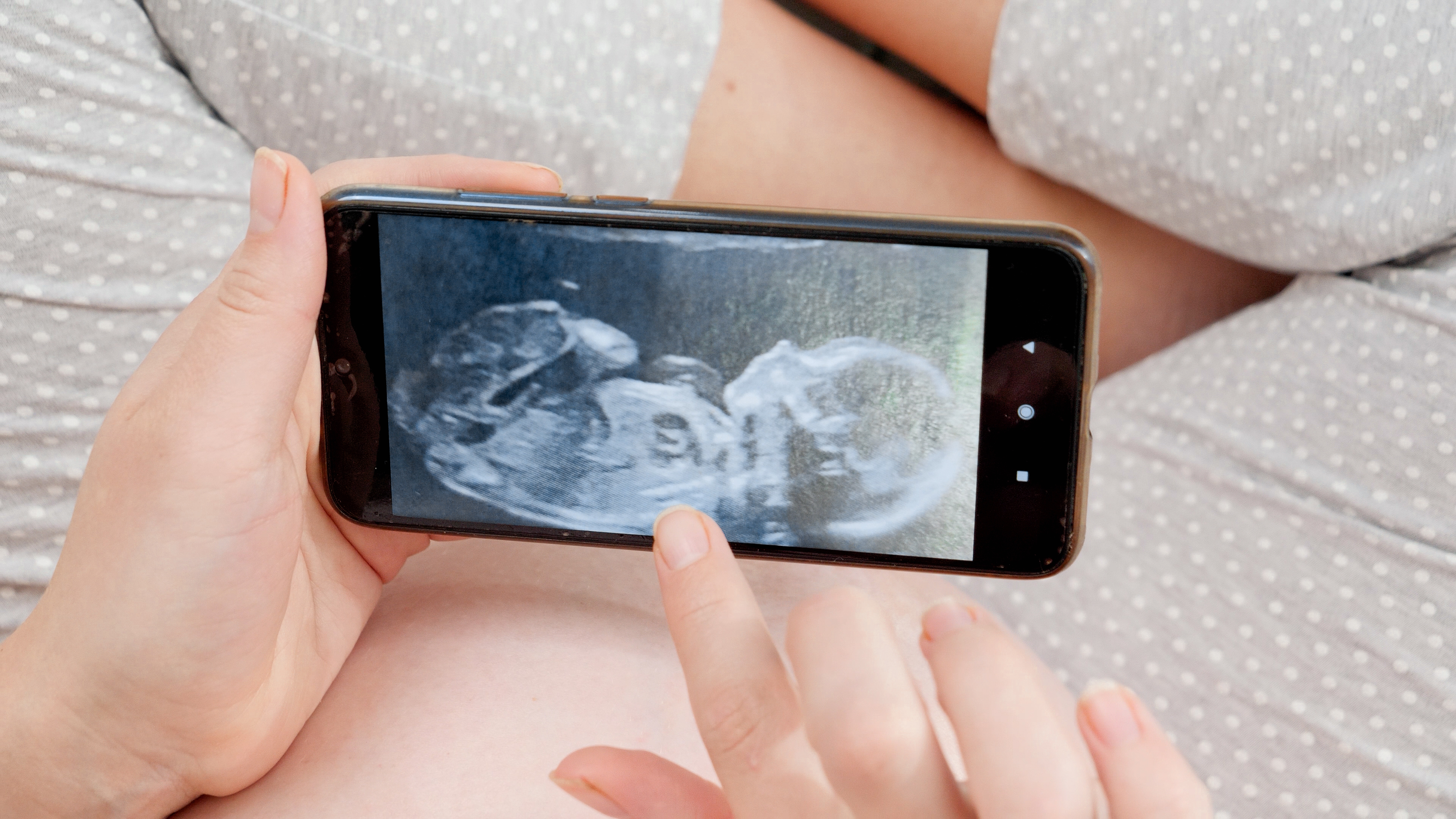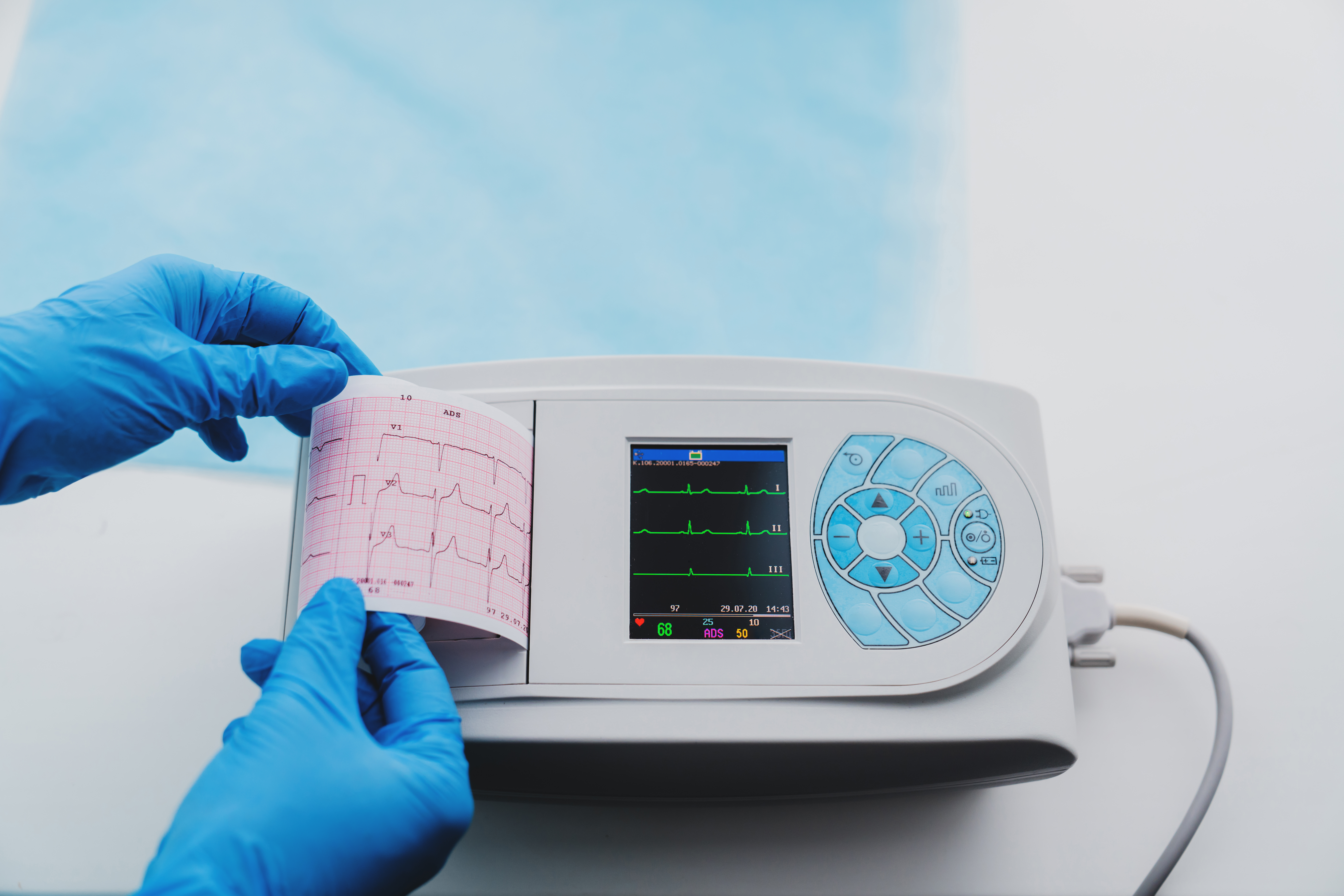- (310) 849 7991
- Info@HouseCallDoctorLA.com
- Available 24/7
The high-tech boom is far from over, especially in healthcare. Every day, lighter, more powerful, and more easily portable X-rays, ultrasound machines, and other powerful new diagnostic devices have made the work of a mobile doctor more efficient, more accessible, and more patient-friendly.
For House Call Doctor Los Angeles and Michael Farzam, M.D., advances in mobile imaging and diagnostics mean that we can provide the same imaging and diagnostic services at your home, hotel, or workplace that you can find at a clinic or doctor’s office with equally rapid and reliable results.


During the early and middle 20th centuries, house calls were a regular service provided by family doctors nationwide. Patients loved the convenience and the fact that they didn’t need to travel to receive care, but house calls began to disappear during the 1950s and 1960s. While many cynically assumed doctors just didn’t want to leave their offices anymore, the truth was that the arrival of large and heavy diagnostic machines meant that doctors were no longer able to perform important news tests on a mobile basis. There wasn’t much point in making a house call only to tell patients they had to come into the office for a test.
That all changed as the high-technology revolution of the 1980s and 1990s made it possible to miniaturize almost everything. By the early 2000s, many of us were walking around with supercomputers in our pockets nearly as powerful as the tricorder from Star Trek. The ongoing progress of miniaturization has now provided medical professionals with the ability to perform the same diagnostic functions, regardless of where they are. With the increasing scope of the so-called Internet of Things (IoT), these devices become more powerful and easy to use every day.*
* “Radiology, Mobile Devices, and Internet of Things (IoT),” Journal of Digital Imaging. Supriya Gupta, Elizabeth M. Johnson, Justin G. Peacock, Liwei Jiang, Morgan P. McBee, Michael B. Sneider, and Elizabeth A. Krupinski. January 2, 2020.
Today’s digital mobile X-rays can provide doctors with the information they need at amazing speeds but it took the miniaturization revolution to get us here. The first mobile X-rays were used over a century ago. About 22 years after the invention of the X-ray machine by Wilhelm Röntgen, science legend Marie Curie took a break from her work with radium to create mobile X-ray units for use by French military doctors and nurses during World War I, saving countless lives.
The “little Curies” were built into small cars but the mobile X-ray machines of today are easily carried by hand. They can produce a clear image which is then sent electronically to a radiologist for analysis, allowing the House Call Doctor Los Angeles team to determine whether an illness or injury is a painful sprain, a more serious bone fracture, pneumonia, or something else. Thanks to today’s digital technology, a diagnosis can be made at about the same speed remotely as if the X-ray had been performed at a doctor’s office.
Medical ultrasound dates back to 1958 for prenatal care. These devices now enable us to quickly scan many different areas of a patient’s body. In many cases, a somewhat larger laptop or tablet-based system may be employed.
Both kinds of systems are used for several purposes, including an echocardiogram to monitor heart issues, ultrasounds to evaluate abdominal complaints or deep vein thrombosis (DVT).


The original ECG (electrocardiogram) weighed 600 pounds, took five technicians to operate, and won its inventor the 1911 Nobel Prize. Here in the 21st century, we have access to ECG devices that may weigh less than a few pounds.
Referred to as either EKG or ECG, these devices monitor the electrical energy generated by the heart to monitor its functioning and detect issues. Even more than with ultrasound, EKG monitors are available in countless models, including devices for daily use or even wearable tech.
As a widely respected provider of acute and chronic cardiology care, Dr. Farzam uses many types of devices as appropriate for patients with cardiac concerns, to monitor for irregular heart rhythms or preventative screening for pre-operation clearance.
Board-certified internist Dr. Michael Farzam has been a leader in the 21st-century revival of house-call medicine for decades. As innovations in medicine and medical technology have appeared, he has incorporated them into his practice to ensure his patients benefit from the best medical options available. Combining the best of the old and the new, patients also praise Dr. Farzam for his approachable and friendly bedside manner as well as for providing care that solves acute problems and fosters overall wellness.
For more information about Dr. Farzam and House Call Doctor Los Angeles please call the number on your screen or fill out the form on this page.
Doctor is usually at your location in one hour or less. Call for an appointment.
